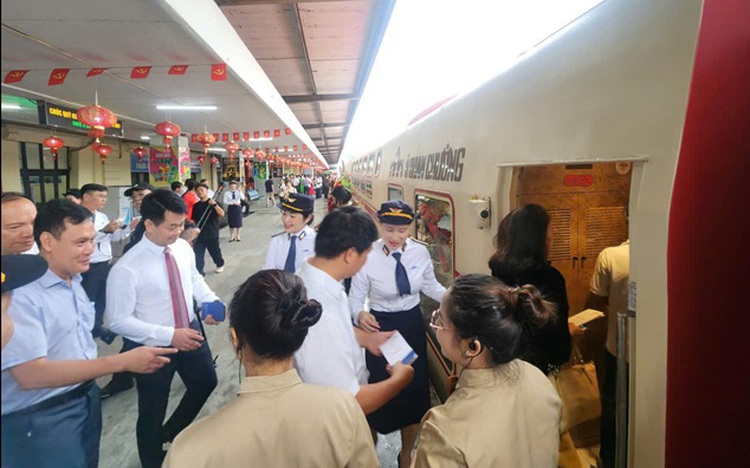
Passengers boarding The Hanoi Train at Hanoi Station. Photo: Tuan Phung / Tuoi Tre
Launched on August 19, these two projects represent key milestones in the modernization of Vietnam's railway sector.
The Hanoi Train, also called the "Five Gates Train," is inspired by the ancient Thang Long Citadel and is designed to deliver a distinctive cultural tourism experience.
The train comprises five double-decker passenger carriages and two additional carriages for tourist check-in. Each carriage is named after one of Hanoi's historic gates—Cau Den, Quan Chuong, Cau Giay, Cho Dua, and Dong Mac—evoking the rich heritage of the thousand-year-old capital and the Red River Delta.
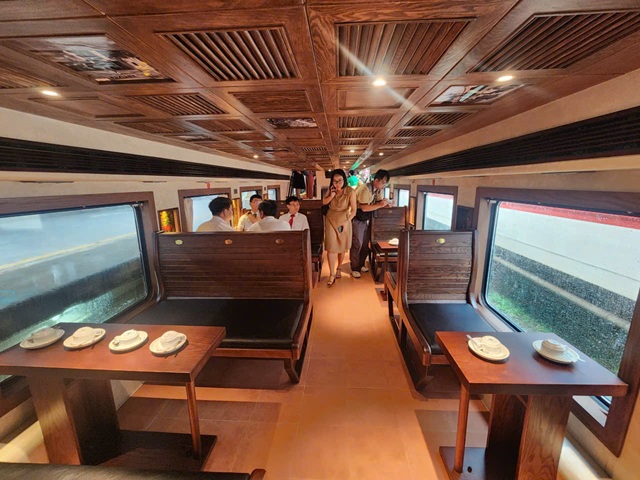
The train’s interior offers spacious seating
Inside, passengers will find a luxurious interior with themed décor and seating for 40 to 60 travelers per carriage. Panoramic windows offer scenic views along the route, while onboard cultural performances such as Quan Ho folk songs, Ca Tru singing, Cheo opera, and Xam ballads enhance the experience.
Hoang Gia Khanh, general director of Vietnam Railways, said both The Hanoi Train and the biometric ticket system are part of 250 projects inaugurated or launched nationwide on August 19, in celebration of National Day on September 2.
The Hanoi Train is expected to enter service in September 2025, offering a new cultural journey between Hanoi and Bac Ninh.
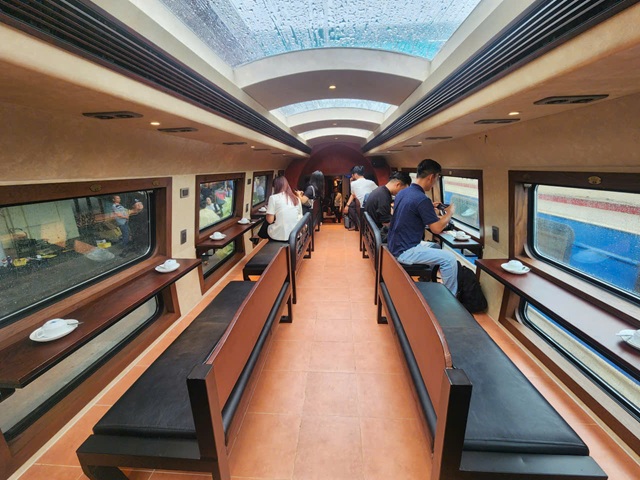
The second deck of each carriage is arranged with convenient sightseeing seats
In a parallel effort to modernize rail travel, the Hanoi Station began operating a biometric ticket control system on August 19.
The system verifies passengers' identities using chip-based national ID cards, cross-referencing information with the national population database to ensure security and accuracy.
During a 10-day pilot program conducted earlier this month, the biometric system operated alongside traditional ticket checks. It reduced ticket verification time to just 3 to 5 seconds per passenger—about 50 percent faster than QR code scanning—and achieved a recognition accuracy rate of over 98 percent. The system also helped ease the burden on ticket inspectors during peak travel hours.
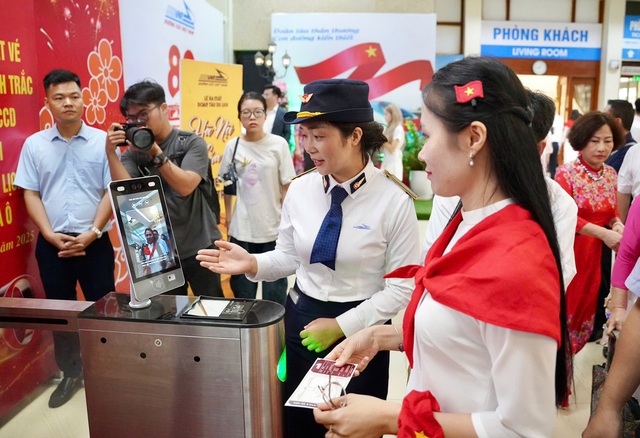
Railway staff guide passengers through biometric ticket checks. Photo: VNR
Looking ahead, the technology will be integrated with the VNeID app, allowing passengers to validate tickets digitally without needing to carry a physical ID card. This is expected to streamline procedures and enhance the overall travel experience.


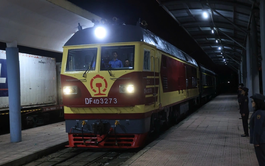
Max: 1500 characters
There are no comments yet. Be the first to comment.